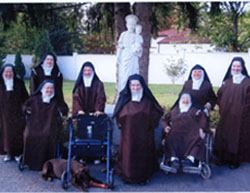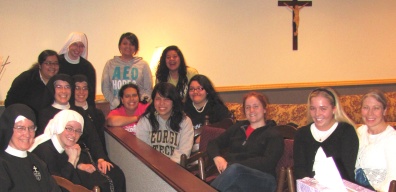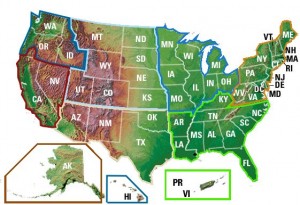 Last week, the Holy See’s Press Office announced the appointment of two new bishops in Japan:
Last week, the Holy See’s Press Office announced the appointment of two new bishops in Japan:
–Appointed Fr. Paul Sueo Hamaguchi, pastor of the cathedral church of Takamatsu, Japan, as bishop of Oita (area 14,071, population 2,376,414, Catholics 6,288, priests 50, religious 228), Japan. The bishop-elect was born in Higashi Shutsu, Japan in 1948 and ordained a priest in 1975.
–Appointed John Eijro Suwa of the clergy of Osaka, Japan, moderator and pastor of the pastoral zone of Kochi Takamatsu, as bishop of Takamatsu (area 18,903, population 4,031,481, Catholics 5,100, priests 46, religious 84), Japan. The bishop-elect was born in Kobe, Japan in 1947 and ordained a priest in 1976. He succeeds Bishop Francis Xavier Osamu Mizobe, S.D.B., whose resignation from the pastoral care of the same diocese the Holy Father accepted, upon having reached the age limit.
My first thought on reading about these appointments was to pray for the new bishops as they begin their episcopal ministry amidst the immediate aftermath of the horrific happenings in their native country.
My second thought was wonderment at the universality of the Church.
But then I took a closer look at the numbers. Here in the United States we have approximately 68 million Catholics, well over 20% of our country’s population. However, we have only about 46,000 priests and 60,000 or so religious. Both of those figures are less than 0.1% of the total number of Catholics.
As you can readily see in the above information published by the Vatican, the two Japanese dioceses that received new bishops have miniscule Catholic communities in comparison to the total population of the diocese. However, nearly one percent of the Catholics in those dioceses are priests, and more than one percent are consecrated religious.
Is that significant? Well, several parishes here in Kansas City have 5,000 or more Catholics. If we had priests in the same proportion as Japan, we’d have 50 priests per parish, with over 130 consecrated religious. Not too shabby!
As we continue to pray for the people of Japan and contribute to relief efforts, let us also continue to pray that the Church in Japan, originally evangelized by the great Jesuit missionary, St. Francis Xavier, will see a new springtime of faith and holiness.
Like this:
Like Loading...
 The online store at the Institute on Religious Life has a wonderful selection of vocation-related resources.
The online store at the Institute on Religious Life has a wonderful selection of vocation-related resources. Today I visited the
Today I visited the  For Archbishop Onesimo C. Gordoncillo, the Church’s outreach to young people and families is a top priority. He has been the shepherd of the Archdiocese of Capiz on the island of Panay for 25 years now.
For Archbishop Onesimo C. Gordoncillo, the Church’s outreach to young people and families is a top priority. He has been the shepherd of the Archdiocese of Capiz on the island of Panay for 25 years now. Check out Terry Mattingly’s post from last Thursday entitled “
Check out Terry Mattingly’s post from last Thursday entitled “ This Lenten season has witnessed a renaissance of the Stations of the Cross devotion in the Suprenant household. We invite a family to share soup (asking them to bring a vegetable to add to the soup) and bread for dinner, followed by a “way of the Cross” that leads through our home, complete with meditations by St. Alphonsus Liguori and of course the traditional
This Lenten season has witnessed a renaissance of the Stations of the Cross devotion in the Suprenant household. We invite a family to share soup (asking them to bring a vegetable to add to the soup) and bread for dinner, followed by a “way of the Cross” that leads through our home, complete with meditations by St. Alphonsus Liguori and of course the traditional  Last week, the
Last week, the  Today I thought I would give a plug to an excellent, new Catholic website called
Today I thought I would give a plug to an excellent, new Catholic website called  One of the top ten vocation websites for 2011 as identified by the
One of the top ten vocation websites for 2011 as identified by the  I’ve come across many news stories this past week that relate to the subject of vocations. Here is a sampling:
I’ve come across many news stories this past week that relate to the subject of vocations. Here is a sampling: Benedict XVI: Priesthood Is a Vocation, Not a Job
Benedict XVI: Priesthood Is a Vocation, Not a Job